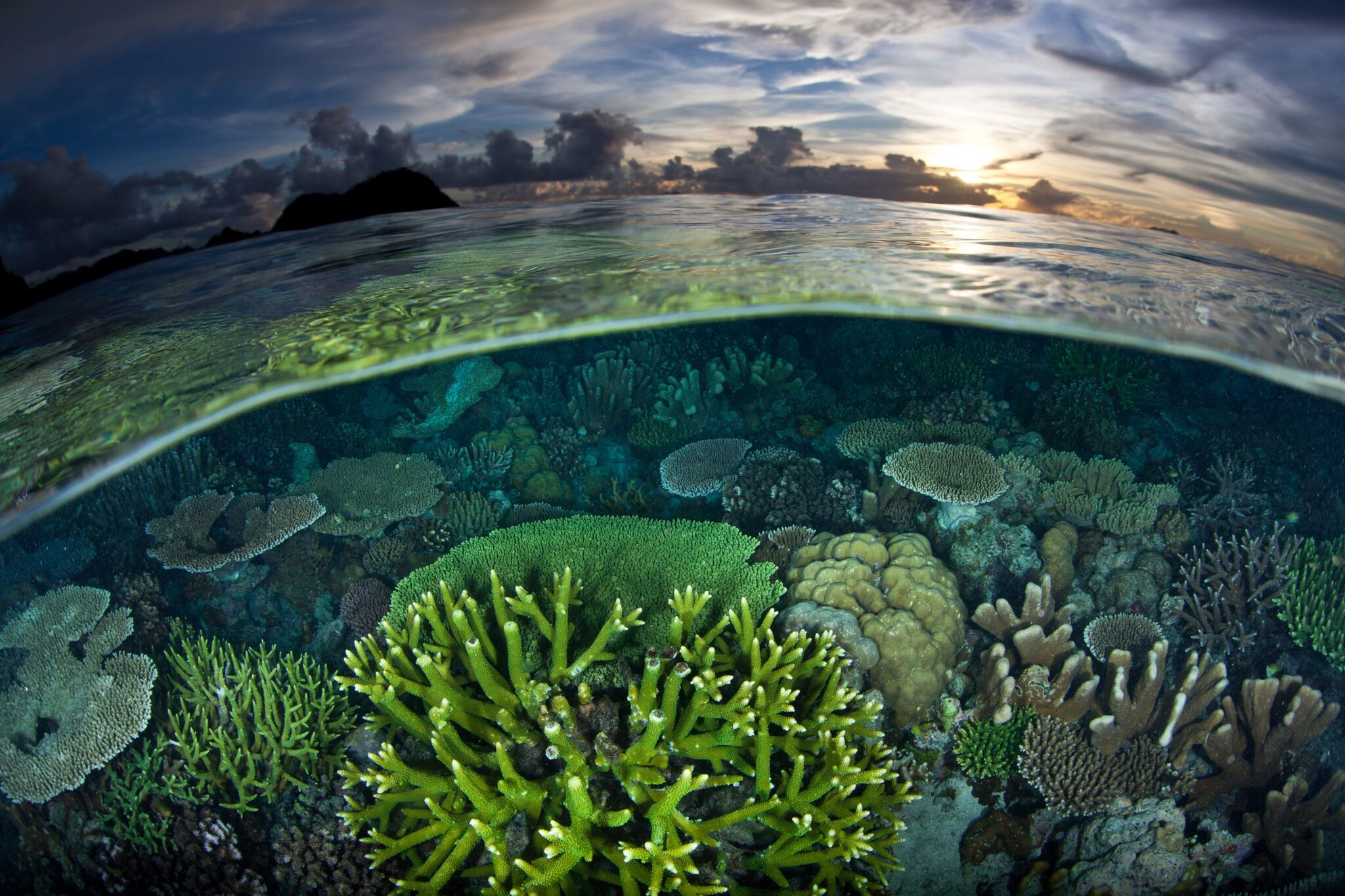
The coral reefs of Australia’s Great Barrier Reef are vulnerable to global warming. But the recent drop in atmospheric temperatures seen in this region could slow coral bleaching, the Australian government emphasizes.
Corals are being hit hard by heat waves from the sea, which are increasingly returning under the influence of global warming. The rise in water temperature leads to a phenomenon of ocean acidification, causing significant thermal stress on corals. It is manifested in the long term by the bleaching of the latter, that is, the death of these reefs.
In late 2021, US scientists warned of the risks of massive bleaching of the Great Barrier Reef’s reefs in mid-February. The rise in temperatures during the summer (running from December to February in Australia) has put significant thermal stress on the corals.
But after ten days of sustained rain in the Great Barrier Reef area in early February, Australian authorities noted a “significant cooling” that would have simultaneously reduced thermal stress on corals. The Australian Government believes that “almost no area should reach bleaching level”and is therefore a much more optimistic assessment than the one drawn up in December last year.
However, heat stress on the Great Barrier Reef’s reefs continues to accumulate, threatening their survival. According to research published in November 2021 in the journal Current Biology, only 2% of the corals in this underwater gem have been spared from bleaching. In a span of twenty-four years, the Great Barrier Reef has experienced five major bleaching events, occurring in 1998, 2002, 2016, 2017 and 2020.
Last July, this mythical ecosystem, which stretches for 2,300 km, narrowly escaped the UNESCO World Heritage List in jeopardy.
ETX Daily Up